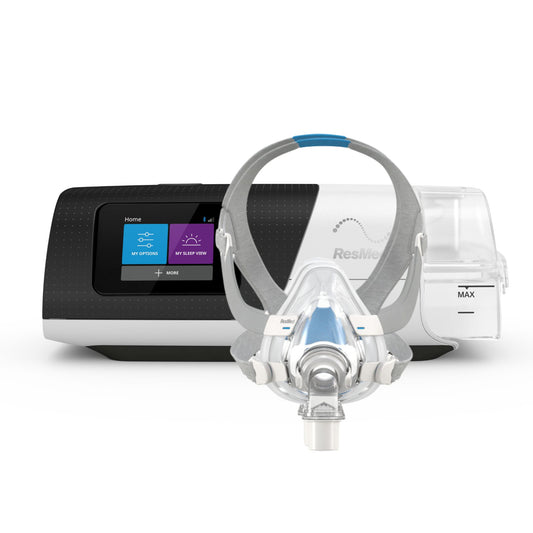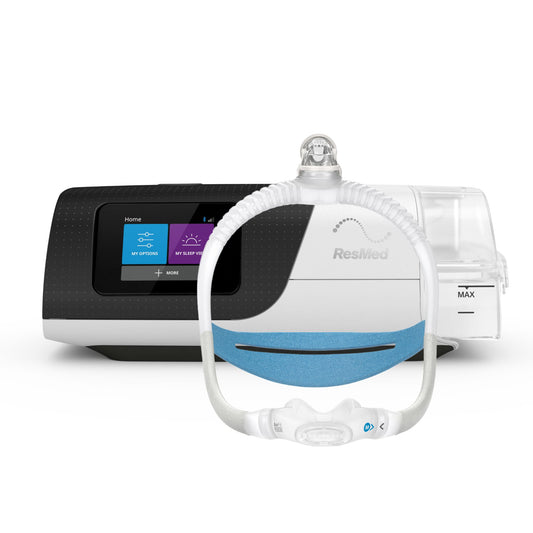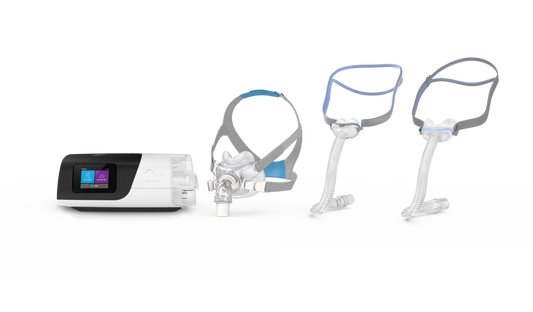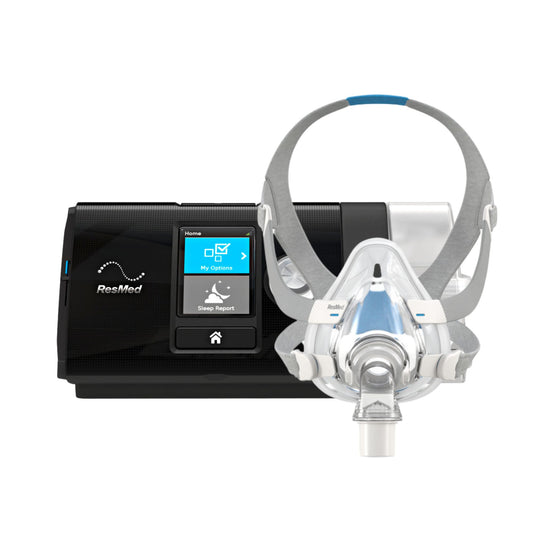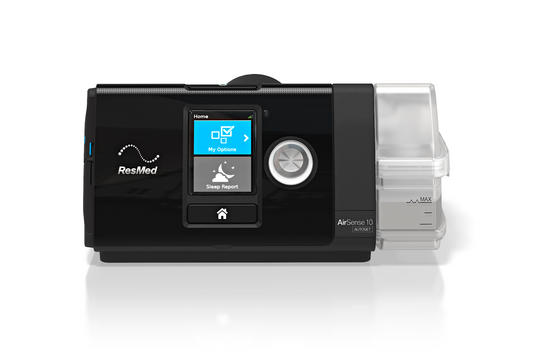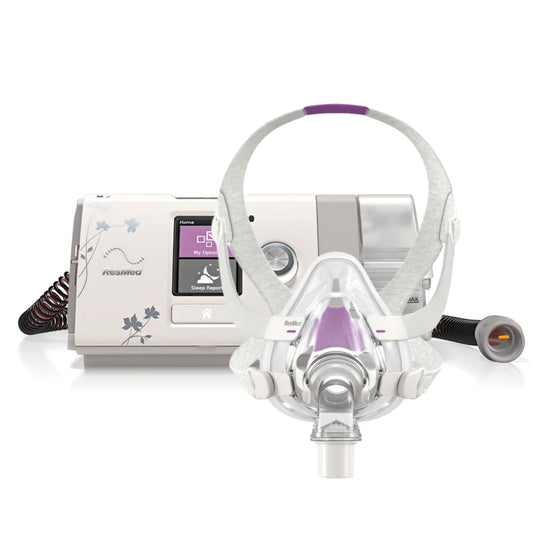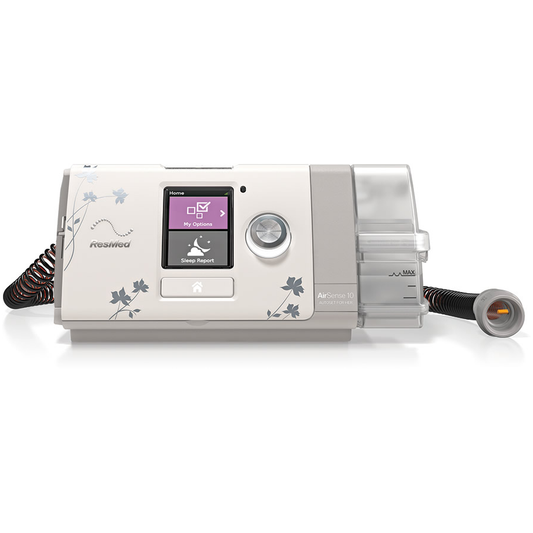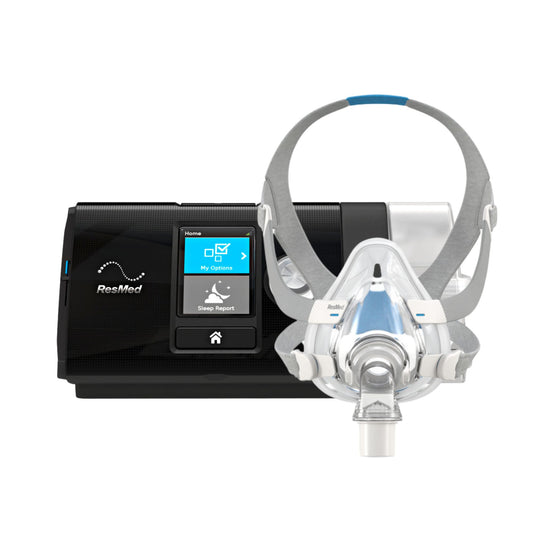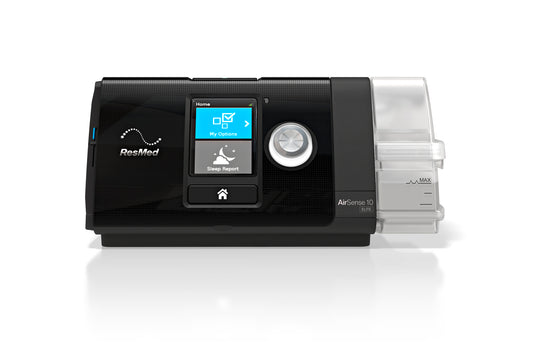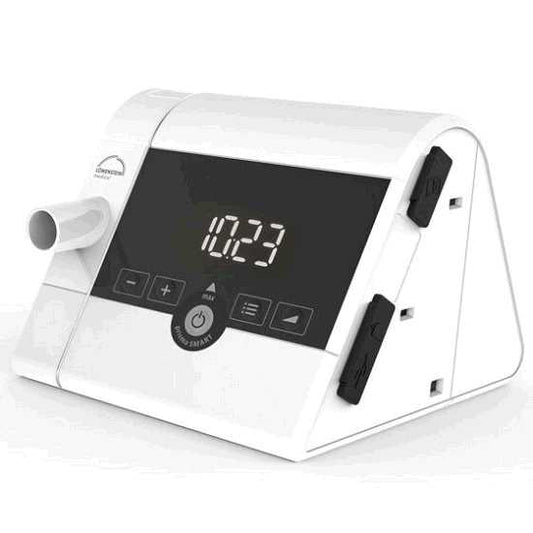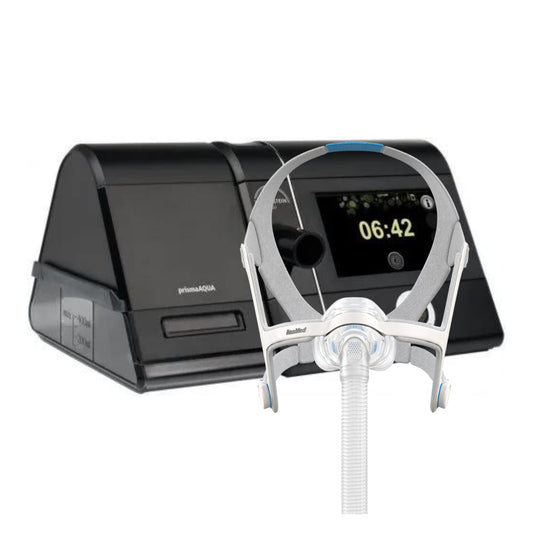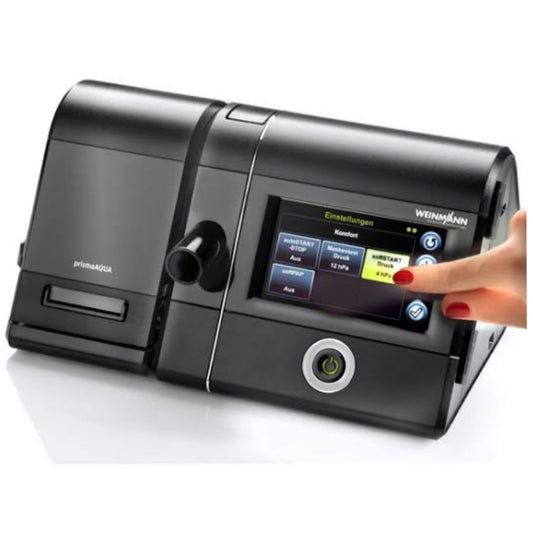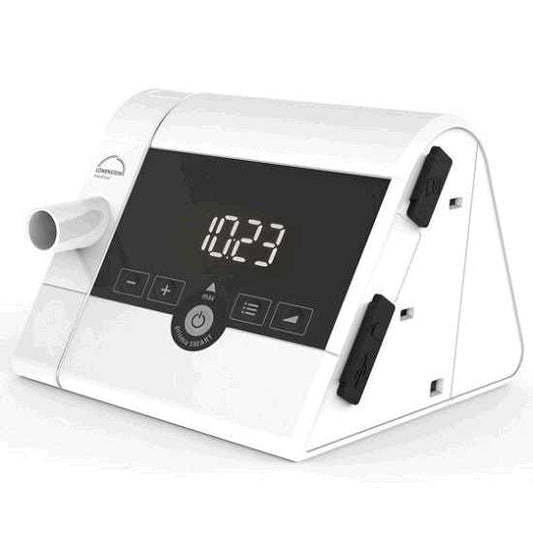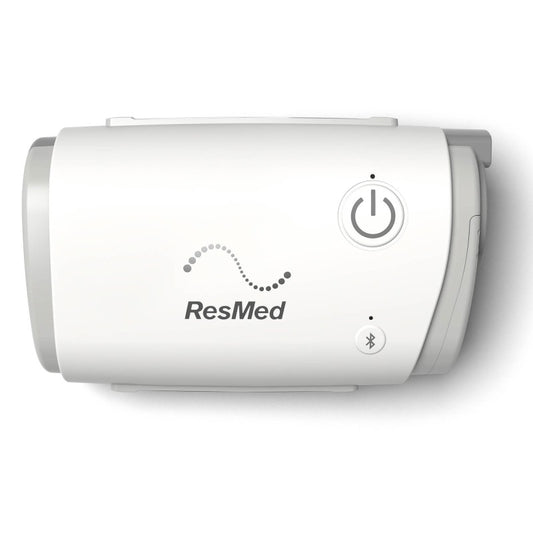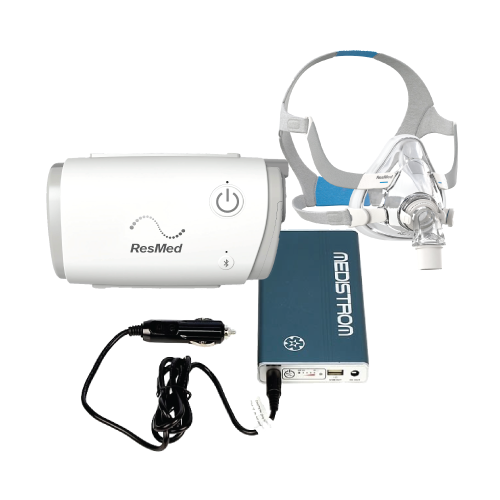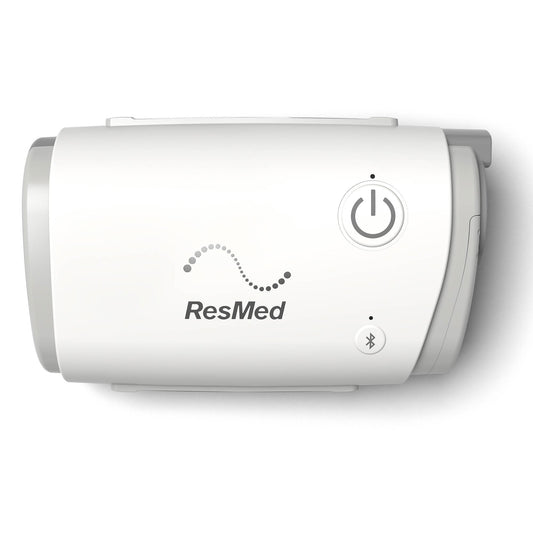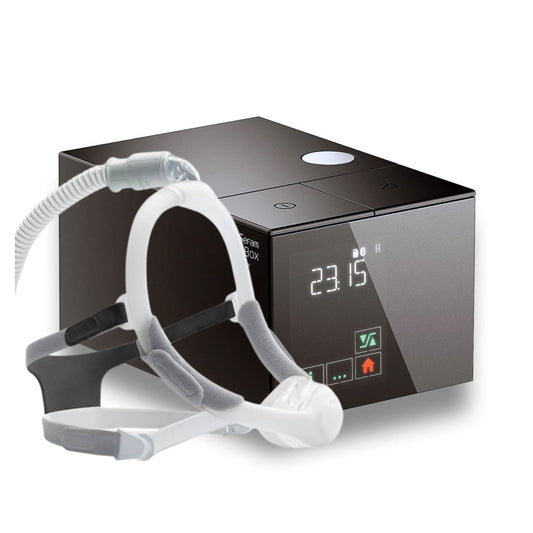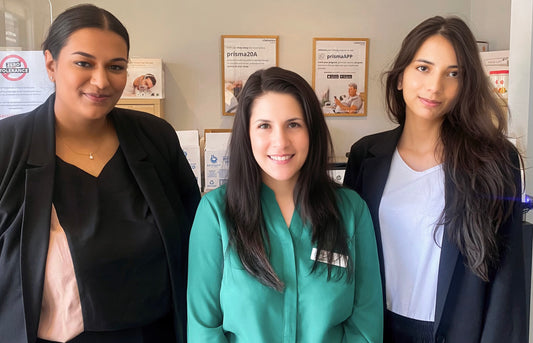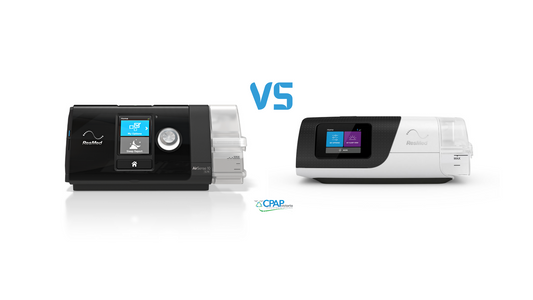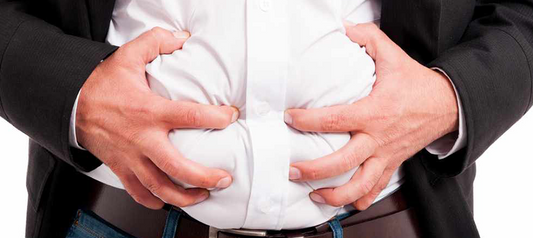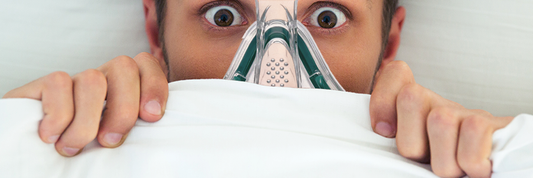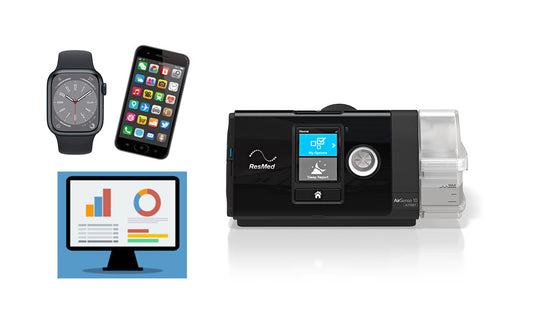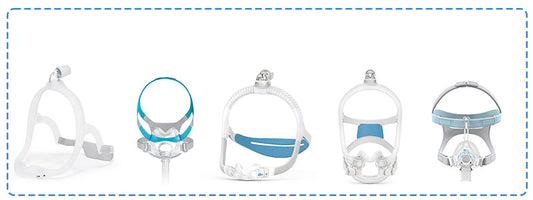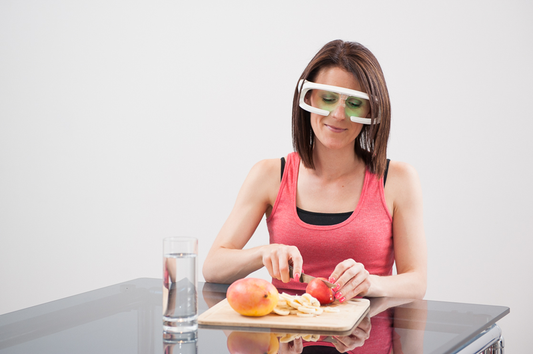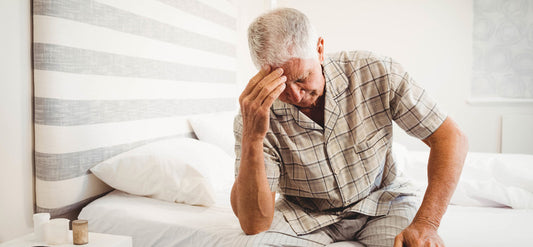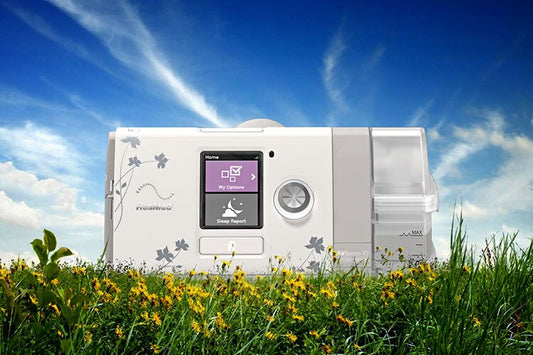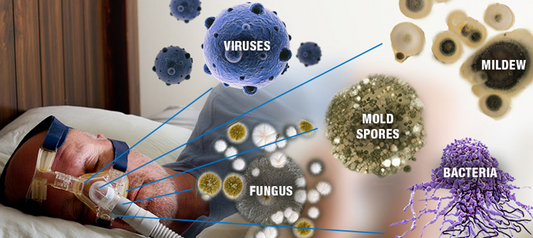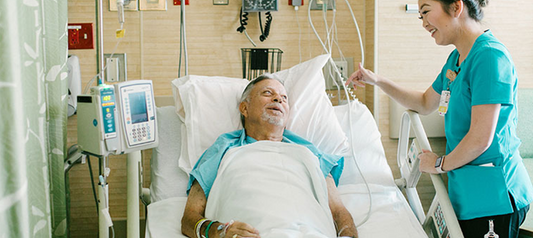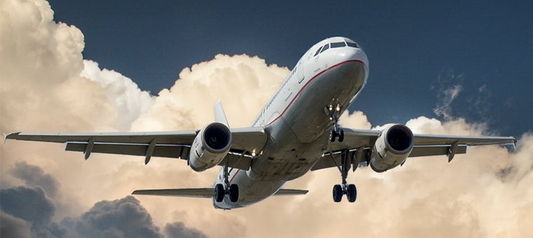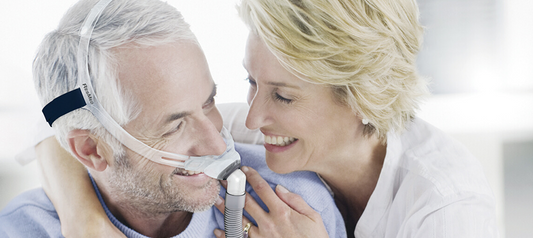As with adults, children suffering from obstructive sleep apnoea have trouble paying attention and are sometimes diagnosed with attention deficit hyperactivity disorder or ADHD. They are tired during the day and often exhibit other behavioural problem because they lack quality night-time sleep.
In recent years, the initial step in treating OSA in children is to surgically remove adenoids and tonsil. A major flow in this course of treatment is the fact that not all children with OSA are good candidates for the procedure. Another consideration is that the surgical procedure might not actually cure the sleep apnoea such as in cases where the child is obese. For adults and children alike, obesity is a risk factor in the development of obstructive sleep apnoea.
Improved Quality of Life
Obstructive sleep apnoea is marked regular pauses in breathing during sleep. In children, the obstruction is due to oversized adenoids or tonsils. The breaks or pauses in breathing occur hundreds of times during sleep, thus disrupting sleep without the sleeping child (and his parents) knowing about it. Continuous Positive Airway Pressure (CPAP) machine can help keep the child’s airways open while he sleeps thanks to the pressurized air that the machine delivers through the mask.
Recent studies indicated that CPAP therapy on children with OSA can generally improve not only his quality of life but also behaviour issues. CPAP treatment may prove to be difficult for children to tolerate but the end result is worth the difficulty.
Effective Length of Nightly Therapy
Children might have a hard time with CPAP therapy mainly due to the inconvenience of wearing a mask during sleep. Adjusting to the pressurized CPAP air could take some time too. However, recent study supports the idea that it is not necessary for young children to use CPAP machine during the whole night as a 3-hour nightly therapy is enough to make a difference.
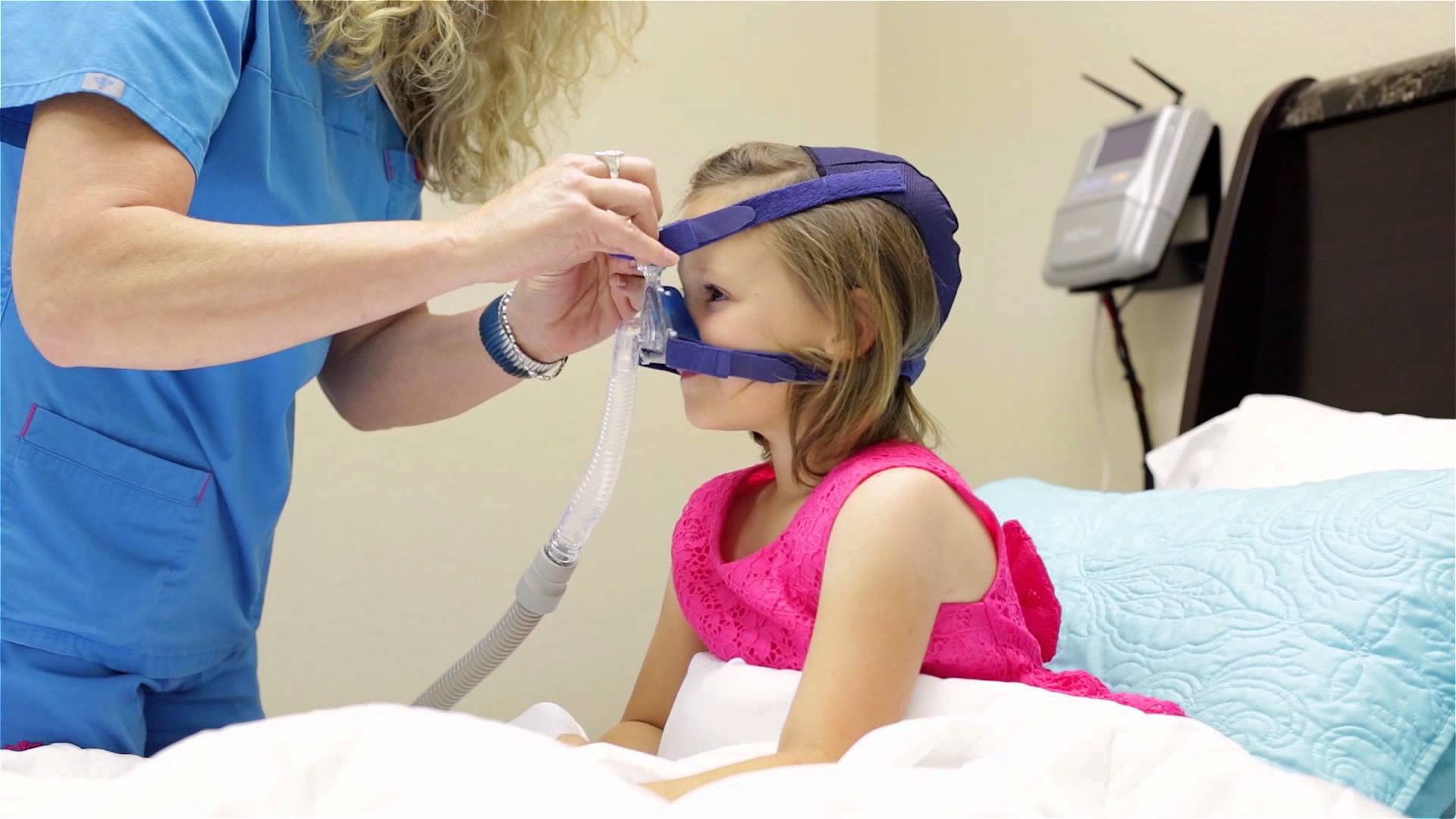
The study of Marcus et al involved children with an average age of 12, with some of them exhibiting developmental delays. The children used CPAP machines for about 3-hours each night for about three months. The result of the study showed marked improvements on the children’s sleepiness, behaviour, attention and general quality of life when they undergo CPAP treatment. The study also indicated that the longer the children’s therapy is, the less sleepy they are during the day. Though it might be quite tedious for very young children and developmentally-delayed children with sleep apnoea to undergo CPAP therapy, sleep clinicians should nevertheless encourage the treatment to suitable children.
CPAP Masks
There are several types of CPAP masks available for children and these are full facial masks,nasal masks, nasal pillows, and gel masks for a more comfortable fit during therapy. The CPAP machine pressure is based on the recommendation of a sleep doctor as a result of a CPAP titration study done in a sleep laboratory. The idea is to find the most comfortable air pressure that will minimize snoring and eliminate apnoea. The CPAP air pressure should not lead to gastric distention, too much swallowing of air, and excessive mask air leakage.
Call us at 1300 750 006 for more information.
